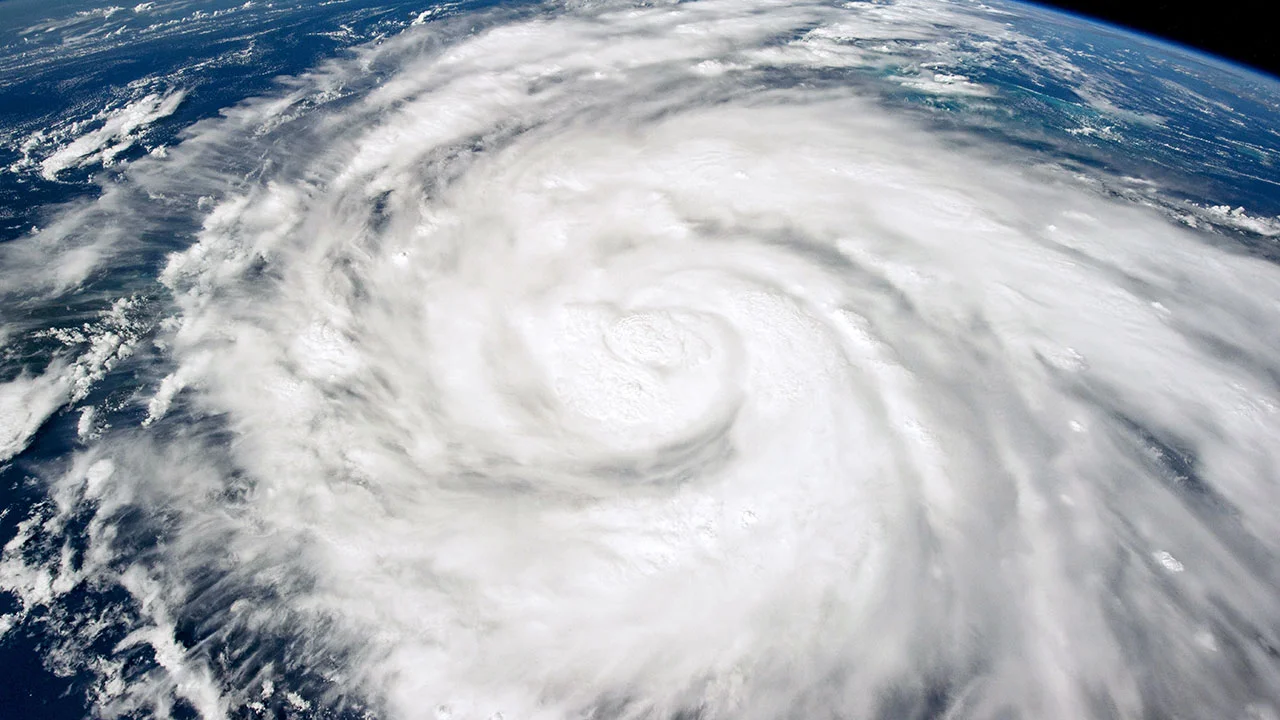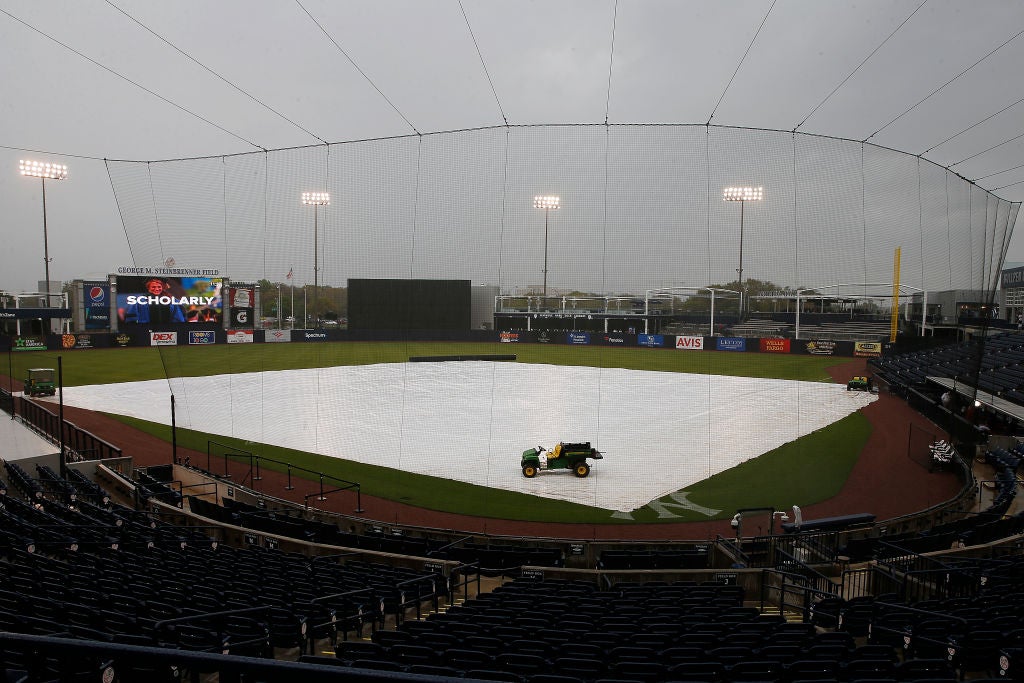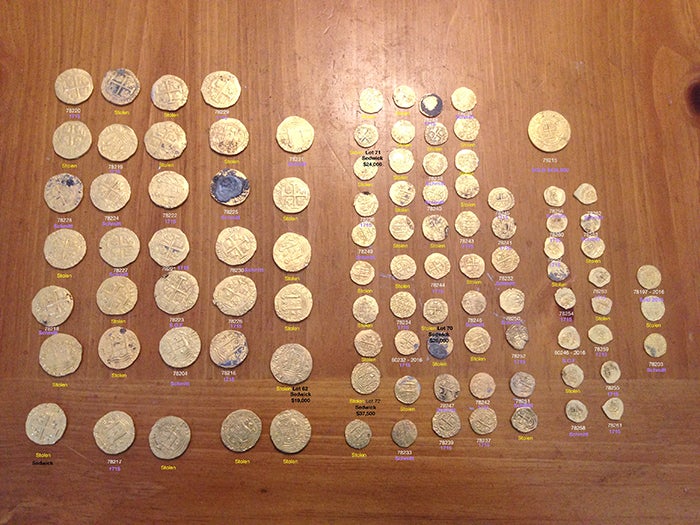FORT COLLINS, Colo. – As the 2024 Atlantic hurricane season draws to a close, it will indeed go down in the books as a “hyperactive” season that, despite not quite reaching the lofty forecasts for record-breaking activity given in the spring, still reached well-above-average levels, according to researchers at Colorado State University (CSU).The “hyperactive” designation comes from the season’s tally of Accumulated Cyclone Energy (ACE) – a measurement that accounts for the strength and amount of time tropical storms and/or hurricanes are active in the basin.The 2024 season finished with an ACE value of 162 – above the “hyperactive” threshold of 159.6 and 23% above average, but still short of the initial CSU forecast of 210, which was increased to 230 later in the season.HURRICANES HELENE AND MILTON, LIKE DOZENS OF OTHERS, ENERGIZED BY CLIMATE CHANGE, REPORT SAYSCSU forecasters also predicted 23 named storms this season with a brief forecast increase to 25 named storms in their July 9 update. The season instead netted 18 named storms, which was short of the forecast but still above the average of 14-15.”Our April and June seasonal forecasts performed best for all metrics,” wrote Dr. Phil Klotzbach and his team at CSU. “The slight increase in overall activity that we predicted with our July and August updates did not verify. We characterize our forecasts for 2024 as a modest over-forecast of overall activity.”CSU did predict 11-12 hurricanes this season, matching the 11 observed.Multiple factors in play led to the aggressive forecast. Water temperatures in the Atlantic, Caribbean and Gulf of Mexico were at or near record warmth. Wind shear was weak, dropping to the lowest levels on record between August and October, CSU said.The front and back edges of the season were very active, with Hurricane Beryl setting records for the earliest Category 5 storm on record, and 10 named storms between Sept. 9 and Oct. 31 – with three more in November. Leslie, Milton and Kirk became the first time a trio of hurricanes were active in the Atlantic Basin after September, according to NOAA. Seven hurricanes forming since Sept. 25 was also a record. 2004: A HURRICANE SEASON THAT FLORIDA NEVER WANTS TO REPEATBut an unexpected weeks-long lull came from late August into late September, which is usually among the most active periods of the season. Klotzbach and his team attributed the lull to a combination of factors. Among them include a northward shift in storm tracks coming off Africa that put systems in drier air, an anomalously warm upper atmosphere, and too much wind shear in the heart of the Atlantic. The gap in newly named storms from Aug. 13 to Sept. 8 was the first time since 1968.The lull led to the season totals coming in less than forecast. But even with the fewer number of storms, it was still a powerful season.Five hurricanes reached the U.S. shores, including Beryl, Debby, Francine, Helene and Milton.Just the last two made landfall in Florida within two weeks and caused widespread devastation across the state and into the Southeast, killing over 250 people and causing an estimated $200 billion in damage.Despite the number of tropical cyclones coming up short of seasonal forecasts, CSU says there were a number of events and observations that put this season well above a typical hurricane season:
/
November 26, 2024
Atlantic hurricane season reached ‘hyperactive’ level, despite missing forecast targets







